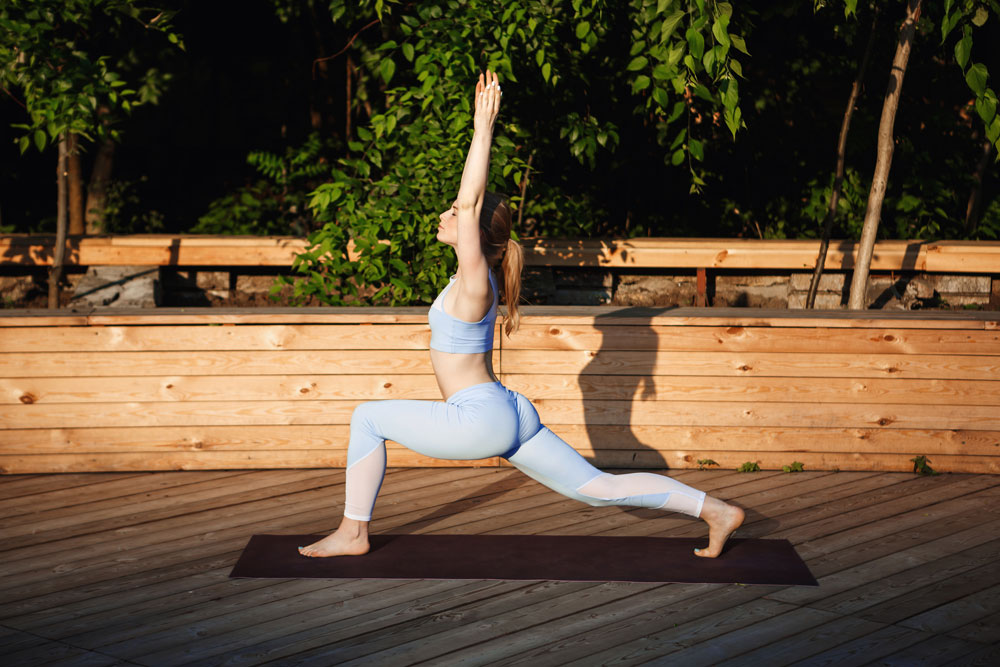Knock knees, a condition where the knees angle inward, can be a challenge, affecting both physical alignment and overall health. In this guide, we delve into the world of yoga, exploring how this ancient practice can effectively address knee concerns.
Understanding Knock Knees and the Therapeutic Role of Yoga
Understanding the complications of knock knees is the first step toward finding a solution. Yoga, with its holistic approach, offers therapeutic benefits that extend beyond the physical to encompass mental and emotional well-being.
Optimal Alignment: The Foundation of Yoga Poses
The basic principle of yoga lies in achieving optimal alignment. Specific poses are designed to target and strengthen muscles, work synergistically to correct leg posture, and address knee-knee issues.
Essential Yoga Poses to Fix Knees
1. Mountain Pose (Tadasana): A Pillar of Alignment
Tadasana, or Mountain Pose, forms the basis of any yoga practice aimed at correcting the knees. This basic pose focuses on grounding the feet and aligning the spine, promoting a sense of stability to overcome leg misalignment.
2. Warrior II (Virabhadrasana II): Inner Strength and Flexibility
Warrior II is a dynamic pose that targets the inner thighs, an important area for people with knock knees. By building strength and flexibility in this region, the pose plays an important role in correcting leg alignment.
3. Tree Pose (Workshasana): The Balancing Act
Vrikshasana, or Tree Pose, emphasizes balance and stability. This pose is especially beneficial for dealing with uneven weight distribution, a common problem associated with knock knees. Regular practice increases the ability to distribute weight evenly on both legs, promoting alignment.
Creating Your Own Personal Yoga Routine for Knock Knees
Creating a personalized yoga routine is essential to effectively address knee pain. A well-thought-out sequence of poses, focusing on specific muscle groups, is the key to gradual and sustainable progress.
Begin with light warm-up exercises to prepare the body for more intense stretches. Incorporate poses like downward dog, cat-cow and child’s pose to gradually engage the muscles. Progress to standing poses like Warrior II and Tree Pose, gradually increasing duration and intensity as your strength improves.
Embracing Growth: The Role of Patience in Yoga Practice
Patience is a virtue, especially in yoga for knock knees. The journey of transformation requires constant practice and a gradual increase in intensity. Rushing the process can lead to injury and hinder progress. Embrace each step of the journey while celebrating the small victories along the way.
Adding Transition Words for a Smooth Flow
To increase the fluency of your yoga practice, it is important to incorporate transition words. Words like “furthermore,” “however,” and “meanwhile” not only improve the overall flow of the essay but also guide the reader in a logical progression of ideas.
Conclusion: Elevate your Leg Alignment with Yoga.
Finally, yoga emerges as a powerful and holistic solution for knee pain. In addition to the physical benefits of improved alignment and stronger muscles, exercise contributes to mental clarity and emotional well-being.
Start a transformational journey by incorporating these yoga practices into your routine. Observe positive changes in your leg alignment and overall flexibility. Begin your yoga practice today, and elevate your well-being with the timeless wisdom of this ancient discipline.


